#jalsaghar 1958
Text
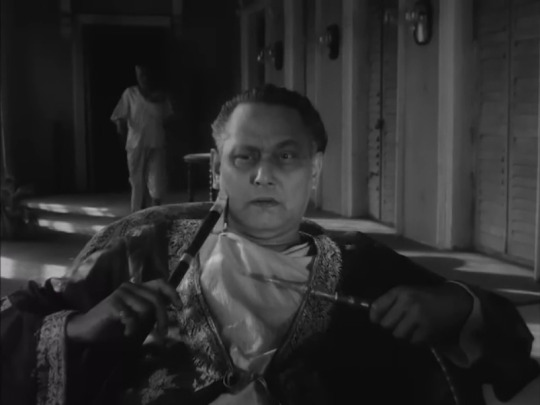
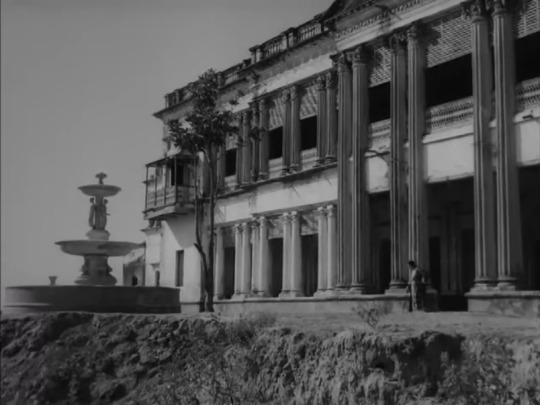

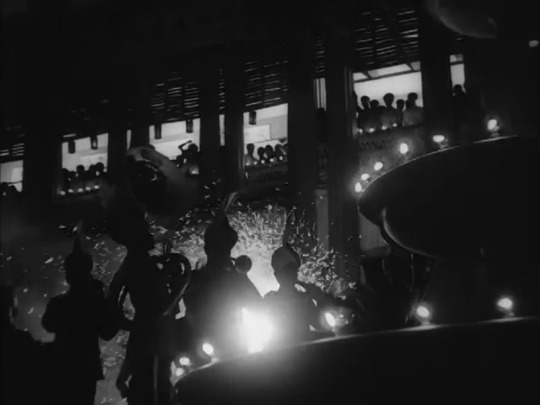
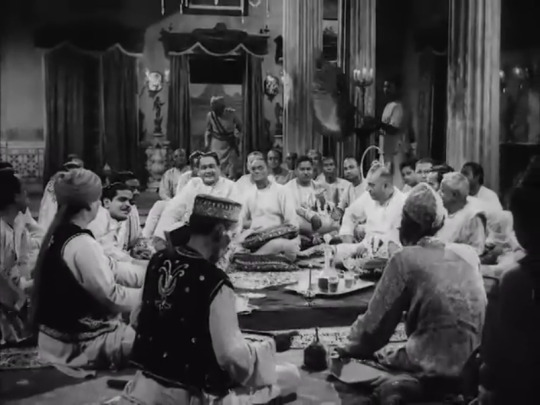
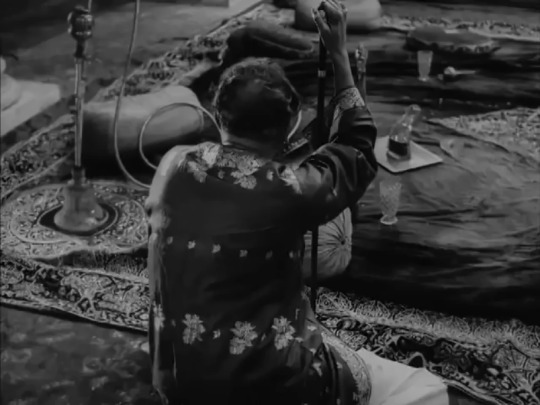
Jalsaghar / The Music Room (1958) | dir. Satyajit Ray
#jalsaghar#jalsaghar 1958#the music room#the music room 1958#satyajit ray#chhabi biswas#indian cinema#bengali cinema#cinema#movies#films#world cinema#classic cinema#cinematography#1950s#south asian cinema#asian cinema#aesthetics#aesthetic#indian movies#bengali movies#indian films#bengali films#parallel cinema
15 notes
·
View notes
Text
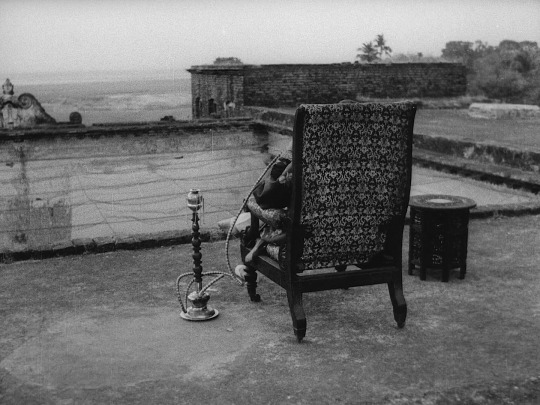

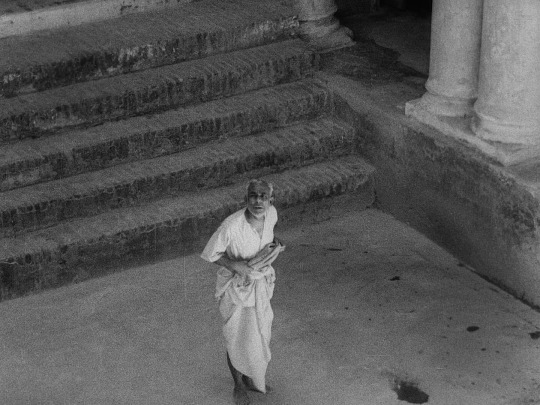


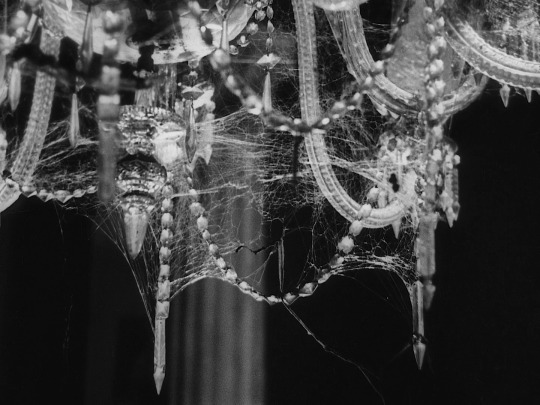
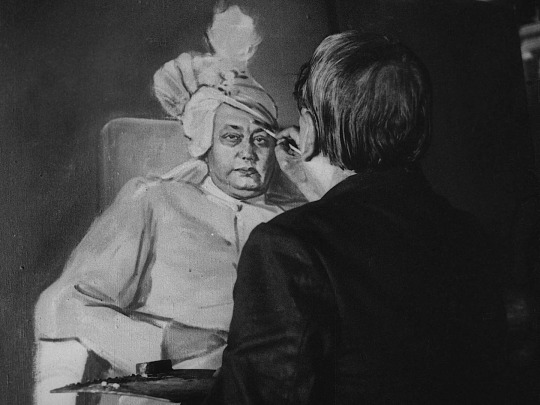



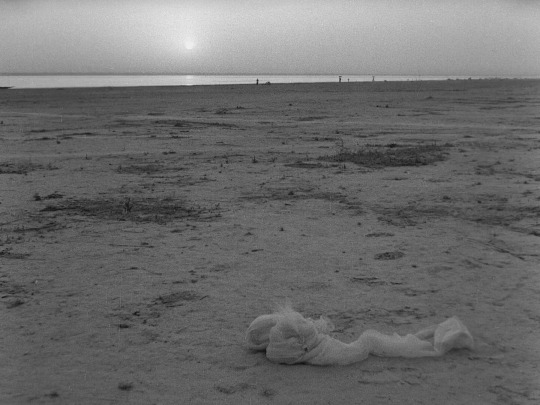
Satyajit Ray - The Music Room (1958)
157 notes
·
View notes
Text
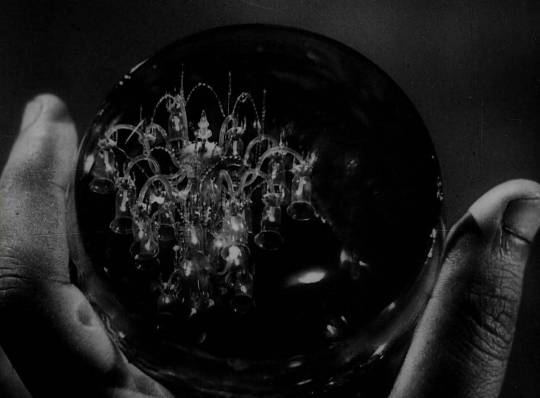
Jalsaghar / The Music Room (1958)
15 notes
·
View notes
Photo
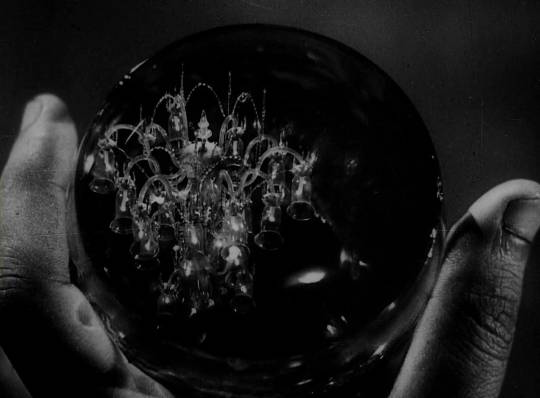
Jalsaghar / The Music Room (1958)
57 notes
·
View notes
Text
BEST DIRECTORS IN CINEMA-3
Hi everyone! This blog is going to be the 3rd part of 8 Part Series of who I think are the Best Directors Cinema as ever seen
And today I will be talking about
SATYAJIT RAY

Satyajit Ray (born May 2, 1921, Calcutta [now Kolkata], India—died April 23, 1992, Calcutta) was a Bengali motion-picture director, writer, and illustrator who brought the Indian cinema to world recognition with Pather Panchali (1955; The Song of the Road) and its two sequels, known as the Apu Trilogy. As a director, Ray was noted for his humanism, his versatility, and his detailed control over his films and their music. He was one of the greatest filmmakers of the 20th century.
(Early Life)
Ray was an only child whose father died in 1923. His grandfather was a writer and illustrator, and his father, Sukumar Ray, was a writer and illustrator of Bengali nonsense verse. Ray grew up in Calcutta (now Kolkata) and was looked after by his mother. He entered a government school, where he was taught chiefly in Bengali, and then studied at Presidency College, Calcutta’s leading college, where he was taught in English. By the time he graduated in 1940, he was fluent in both languages. In 1940 his mother persuaded him to attend art school at Santiniketan, Rabindranath Tagore’s rural university northwest of Calcutta. There Ray, whose interests had been exclusively urban and Western-oriented, was exposed to Indian and other Eastern art and gained a deeper appreciation of both Eastern and Western culture, a harmonious combination that is evident in his films.
(His Famous Works)
Ray's first film, Pather Panchali (1955) won eleven international prizes, including the inaugural Best Human Document award at the 1956 Cannes Film Festival. This film, along with Aparajito (1956) and Apur Sansar (The World of Apu) (1959), form The Apu Trilogy. Ray did the scripting, casting, scoring, and editing, and designed his own credit titles and publicity material. He also authored several short stories and novels, primarily for young children and teenagers. Popular characters created by Ray include Feluda the sleuth, Professor Shonku the scientist, Tarini Khuro the storyteller, and Lalmohan Ganguly the novelist.
(Filmmaking Style)
His Filmmaking
Ray had been subconsciously paying a tribute to Jean Renoir throughout his career, who influenced him the most.Ray considered script-writing to be an integral part of direction. Initially he refused to make a film in any language other than Bengali. In his two non-Bengali feature films, he wrote the script in English; translators adapted it into Hindustani under Ray's supervision.The narrative structure of Ray's films are represented by musical forms such as sonata, fugue and rondo. Kanchenjunga, Nayak and Aranyer Din Ratri are examples of this structure.
(His Filmography)
Ray made over 36 feature film in his 4 decade long. He made movies such as Pather Panchali in 1955,Aparajito in 1956,Parash Pathar and Jalsaghar in 1958, Apur Sansar in 1959, Devi in 1960. He made movies such as Teen Kanya in 1961, Kanchenjungha and Abhijan in 1962,Mahanagar in 1963,Charulata and Two I'm 1964,Kapurush-0-Mahapurush in 1965,Nayak in 1966,Chiriyakhana in 1967,Goopy Gyne & Bagha Byne in 1969,Aranyer Din Ratri and Pratiwandi in 1970, Seemabaddha and Sikkim in 1971,Inner Eyes in 1972,Ashani Sanket in 1973,Sonar Kella in 1974,Jana Aranyw in 1975,Bala in 1976,Shatranj ka Khilari in 1977,Joi Baba Felunath in 1979,Hirak Rajar Deshe and Pikoo in 1980,Sadgati in 1981,Ghare Bhare in 1984,Sukumar Ray in 1987,Ganashatru and Shakha Proshakha in 1990,Agantuk in 1990.
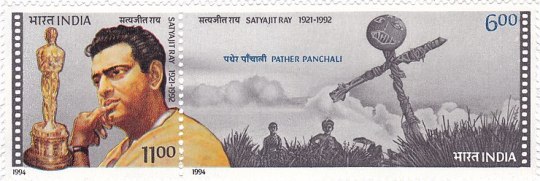
Satyajit Ray on 1994 stamp of India
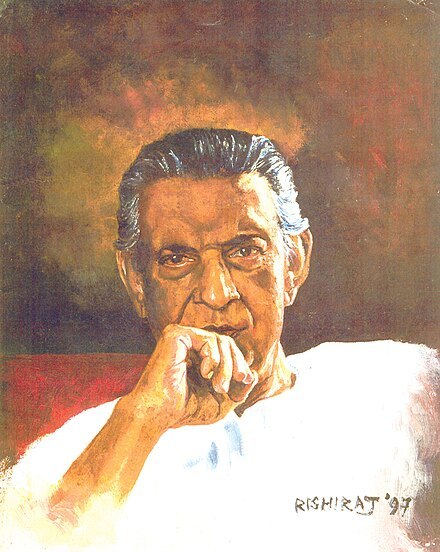
Portrait of Satyajit Ray
(Awards & Honors)
Ray received many awards including 36 National Film Awards. He was awarded the Dadasaheb Phalke Award in 1985 and Legion Of Honor in 1987. The Government of India also awarded him with Padma Bhusan in 1965. He also received a Lifetime Achievement Award in 1992 at the Academy of Motion Pictures Arts and Sciences. He also won the Golden Lion at the Venice Film Festival
(Legacy)
Ray is considered one of the greatest film directors of all time. He is a cultural icon in India and in Bengali communities worldwide. Following his death, the city of Calcutta came to a virtual standstill, as hundreds of thousands of people gathered around his house to pay their last respects. Ray's influence has been widespread and deep in Bengali cinema; many Bengali directors, including Aparna Sen, Rituparno Ghosh and Gautam Ghose as well as Vishal Bhardwaj, Dibakar Banerjee, Shyam Benegal and Sujoy Ghosh from Hindi cinema in India, Tareq Masud and Tanvir Mokammel in Bangladesh, and Aneel Ahmad in England, have been influenced by his craft.Beyond India, filmmakers Martin Scorsese, Francis Ford Coppola, George Lucas, James Ivory, Abbas Kiarostami, Elia Kazan, William Wyler,François Truffaut, John Huston, Carlos Saura, Isao Takahata, Oliver Stone,Quentin Tarantino, Wes Anderson,Danny Boyle and Christopher Nolan.
(Sources)
And that's it for this part folks, I'll meet you with another blog about some the Greatest Directors Cinema has ever seen, Until then
CIAO
1 note
·
View note
Text
Satyajit Ray: A Pioneer in Indian Cinema
One of the most influential filmmakers of the 20th century was Satyajit Ray,
an Indian director, screenwriter, and author. His works have made a lasting
impression on the history of global cinema, and he has made enormous
contributions to Indian cinema.
Early Life and Career
On May 2, 1921, Satyajit Ray was born in Kolkata, British India.
His mother, Suprabha Ray, was a vocalist, and his father,
Sukumar Ray, was a writer and poet. Early exposure to l
iterature, music, and the arts helped Ray cultivate a keen
aesthetic sensibility. He continued his education by enrolling
at Presidency College in Calcutta and Visva-Bharati University
in Santiniketan, where he first encountered the writings of
Rabindranath Tagore and other notable figures in Bengali literature.
Ray began working as a visualizer for a British advertising agency
in Calcutta after he finished his education. He spent more than ten
years working there, learning vital filmmaking skills that would later
be useful to him in his work as a director.
Also, he mastered the craft of filmmaking on his own by reading
books and watching movies.
Filmmaking Career
The first film made by Satyajit Ray, Pather Panchali
(Song of the Little Road), based on a book by
Bibhutibhushan Bandopadhyay, launched his
career as a director in 1955. The movie, which
was made on a tight budget with a mostly
unprofessional cast, is about a little child
growing up in rural Bengal. The movie was
a critical and financial hit and earned
numerous international honors, including
the 1956 Cannes Film Festival's Best Human
Documentary Award.
In what became known as the "Apu Trilogy,"
Ray went on to produce two further movies:
Aparajito (The Unvanquished) in 1956 and
Apur Sansar (The World of Apu) in 1959.
The trilogy focuses on the life of Apu, a young
man who matures in India after Independence.
Jalsaghar (The Music Room), released in 1958,
Charulata (The Lonely Wife), Nayak (The Hero),
released in 1966, and Ghare-Baire (The House
and the World), released in 1984, are some of
Ray's other well-known movies. His films gained
notoriety for their realism, lyricism, and meticulousness
. He was also a master of visual narrative, making excellent
use of lighting and camera angles.
In addition to being a filmmaker, Ray was also a writer,
composer, and graphic artist. He published a number of
works, including a Feluda-starring detective novella
collection. Together with designing the posters, he also
created the music for his movie.
Legacy
The impact Satyajit Ray had on Indian cinema is enormous.
His films continue to be praised for their realism, compassion,
and beauty. He is widely considered as the founder of Indian
art cinema. Many modern Indian directors, including Mira Nair,
Deepa Mehta, and Shekhar Kapur, have been influenced by him.
The Golden Lion at the Venice Film Festival, the Golden Bear
at the Berlin International Film Festival, and the Academy Honorary
Award for Lifetime Achievement are just a few of the countless
international accolades Ray's movies have received. He received
the Bharat Ratna, India's highest civilian honor, posthumously in 1992.
A heart attack and other health issues led to Satyajit Ray's
death on April 23, 1992, at the age of 70.Several of his
admirers and coworkers expressed their sorrow at his
passing, which was a major loss to Indian cinema. Ray
made a significant contribution to Indian cinema, and his
works are still praised for their beauty, compassion, and
realism. By his creative output and the impact he has on
present-day Indian filmmakers, his legacy endures.
1 note
·
View note
Photo

Jalsaghar
Satyajit Ray
India, 1958
27 notes
·
View notes
Video
instagram
#jalsaghar #1958 DIR #satyajitray CAST #roshankumari #drama #music #movie #blackandwhite DP #subratamitra (à India) https://www.instagram.com/p/Bw9ziRHIyoH/?igshid=ywiwudk4imbw
1 note
·
View note
Photo

জলসাঘর, Satyajit Ray (1958)
Cinematography: Subrata Mitra
| India
#Jalsaghar#জলসাঘর#Le Salon de musique#Satyajit Ray#Padma Devi#Chhabi Biswas#B & W#Couples#Music#Beds#1958
6 notes
·
View notes
Photo

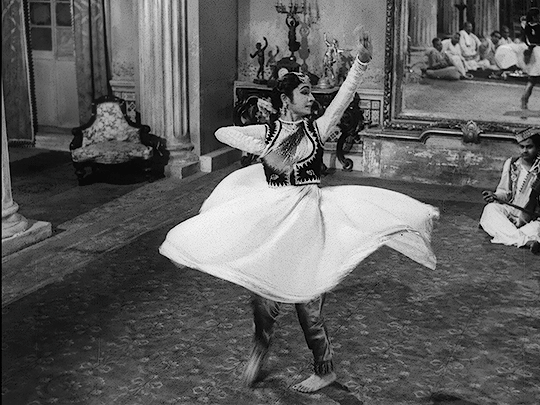
jalsaghar // the music room (1958) dir. satyajit ray
130 notes
·
View notes
Photo
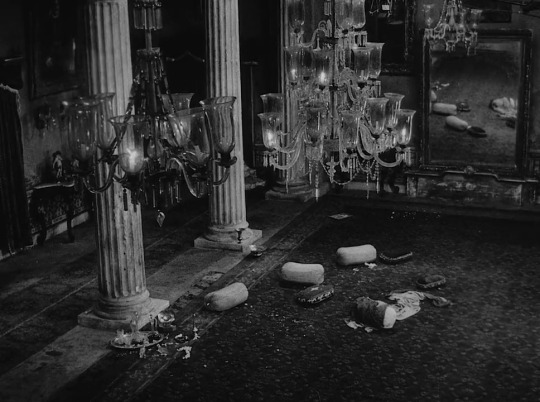
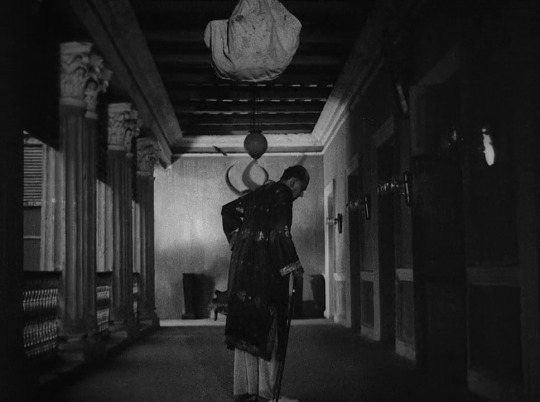
Jalsaghar (1958) // dir. Satyajit Ray
#jalsaghar#jalsaghar 1958#the music room#the music room 1958#indian cinema#bengali cinema#satyajit ray#cinema#films#movies#film scenes#movie scenes#chhabi biswas
19 notes
·
View notes
Text
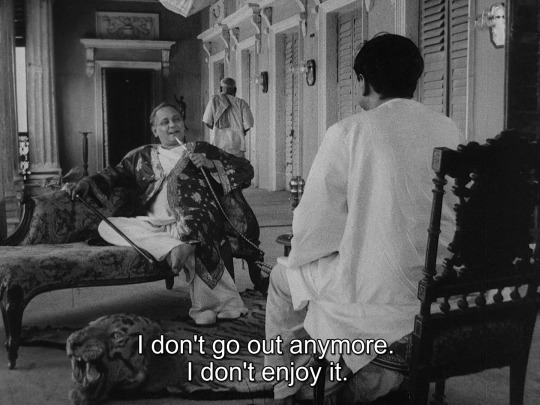
Satyajit Ray - The Music Room (1958)
137 notes
·
View notes
Text
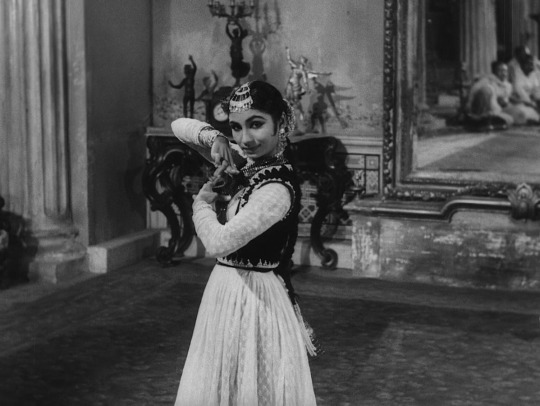
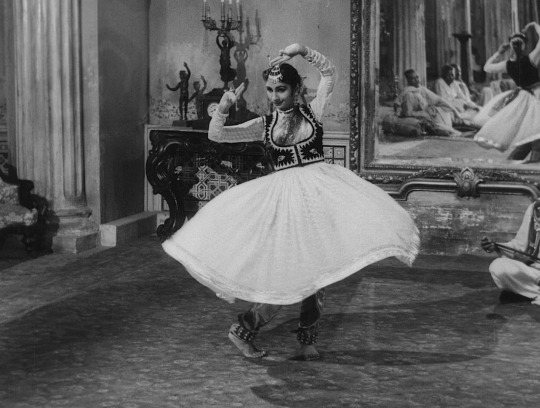
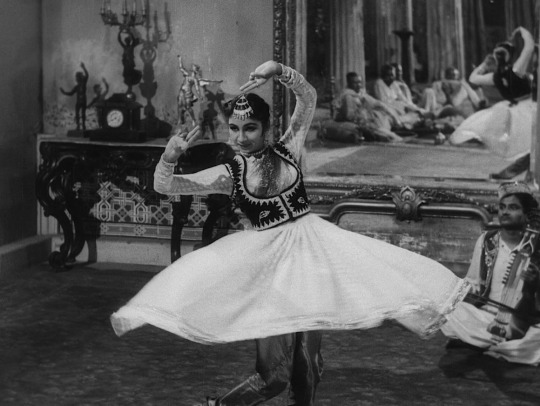
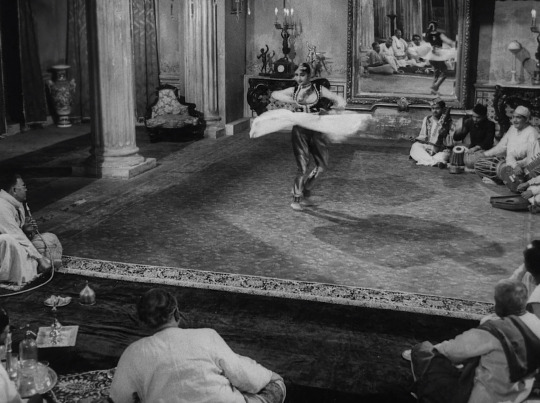
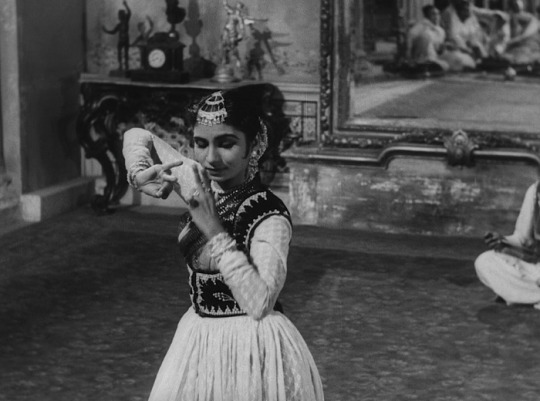
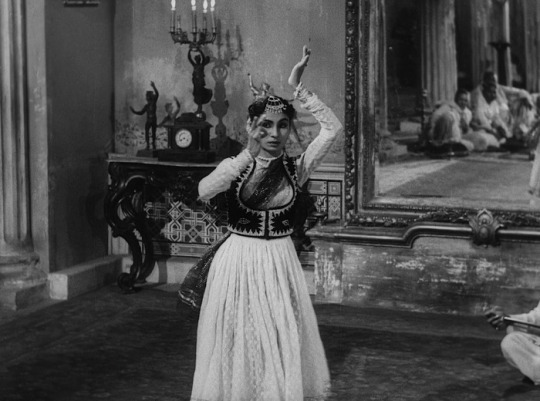
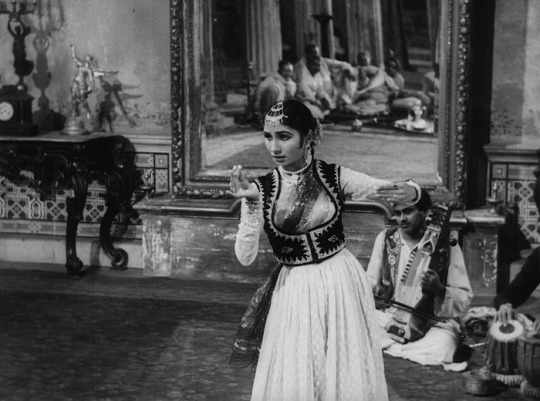
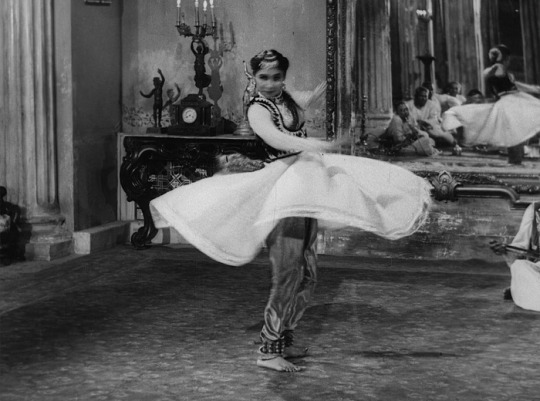
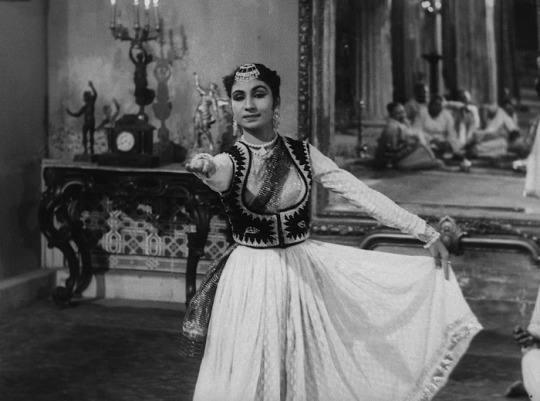
Jalsaghar / The Music Room 1958
Ne laisse pas les mauvaises pensées paralyser ton esprit. Apprends-leur la danse.
9 notes
·
View notes
Photo
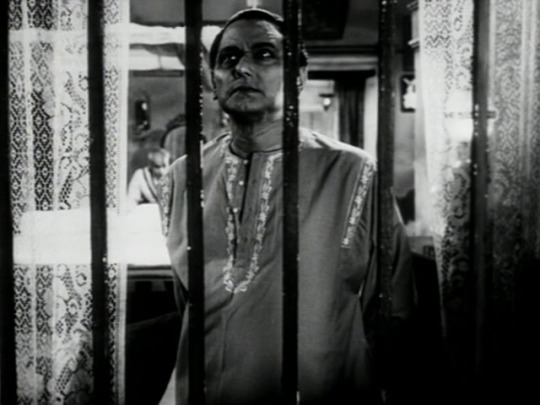

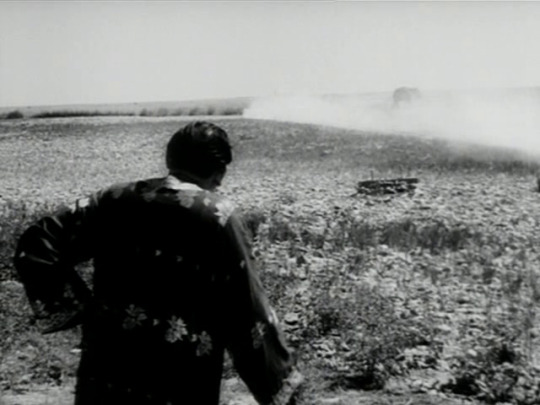
Jalsaghar / The Music Room (1958)
46 notes
·
View notes
Photo

Satyajit Ray - The Music Room (Jalsaghar) (1958) In between the second and third films in the Apu trilogy Ray had time to makes this absolute pearl of a film (and also a magical realist comedy that I haven't seen). It weird to think that this is only Ray's fourth film, there is such a distinct voice and such a clear vision that it shares with his other films that it feels like a much more mature director, not one who started his directing career only 3 years earlier. Set in the years after the independence of India, as the ruling classes which had been partially propped up by colonial powers start decaying and the rise of a new Indian bourgeoisie, the film tells the story of a zamindar, a kind of feudal landlord, who is experiencing the end of his kind in india. The zamindari system is gone, and he has nothing left but pride in his ancestors as well as a decaying palace and his love for music. This love for music is what he spends all of his money in, attempting to upstage his bourgeois neighbor whom he sees as a social inferior and ruining himself in the process. When disaster strikes he retires from the world, but some years later he again puts on a show in his house going out in style. The performances are great, the film is full of melancholy and symbols of decay, the cinematography is also astounding. One of the great joys here are the musical performances themselves, the last performance with an astounding dancer, Roshan Kumari, is particularly memorable. Another essential Ray movie. (5/5) #cinema #cinephile #movie #movies #film #satyajitray #themusicroom #jalsaghar #drama #indian #poster #filmposter #movieposter #moviereview #review #1950s #indiancinema https://www.instagram.com/p/B4jXMv_F-uD/?igshid=tvom4fx9rblc
#cinema#cinephile#movie#movies#film#satyajitray#themusicroom#jalsaghar#drama#indian#poster#filmposter#movieposter#moviereview#review#1950s#indiancinema
1 note
·
View note
Photo

Jalsaghar (1958, Satyajit Ray, India)
26 notes
·
View notes